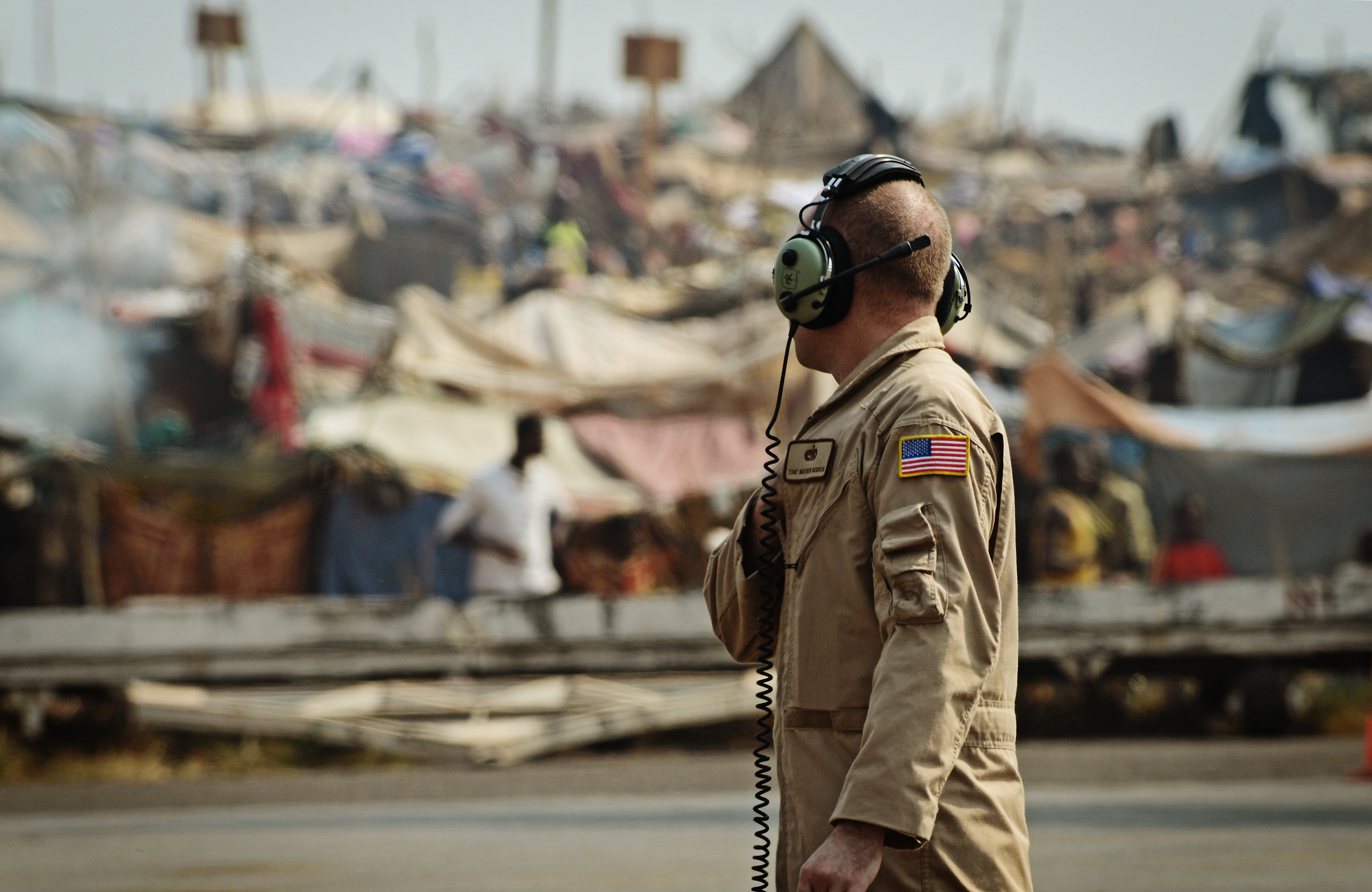14 Airlines Most Likely to Cancel Your Flight (And How to Avoid Them)
These days, booking a flight feels more like a gamble than a guarantee. Between staffing shortages, mechanical delays, and unpredictable weather, cancellations are no longer the exception—they’re part of the equation. And while any airline can leave you stranded, some are far more likely to do so than others. In this updated guide to the 14 Airlines Most Likely to Cancel Your Flight (And How to Avoid Them), we break down which carriers are consistently unreliable—and why. But this isn’t just a list of the worst offenders. It’s a survival manual for smarter travel. We’ll share practical tips to help you dodge disruptions, protect your plans, and make it to your destination with your sanity intact. If you’ve ever sprinted through a terminal only to find your flight canceled, this one's for you. Let’s get you airborne—without the chaos.
1. American Airlines – Weather and Workforce Woes
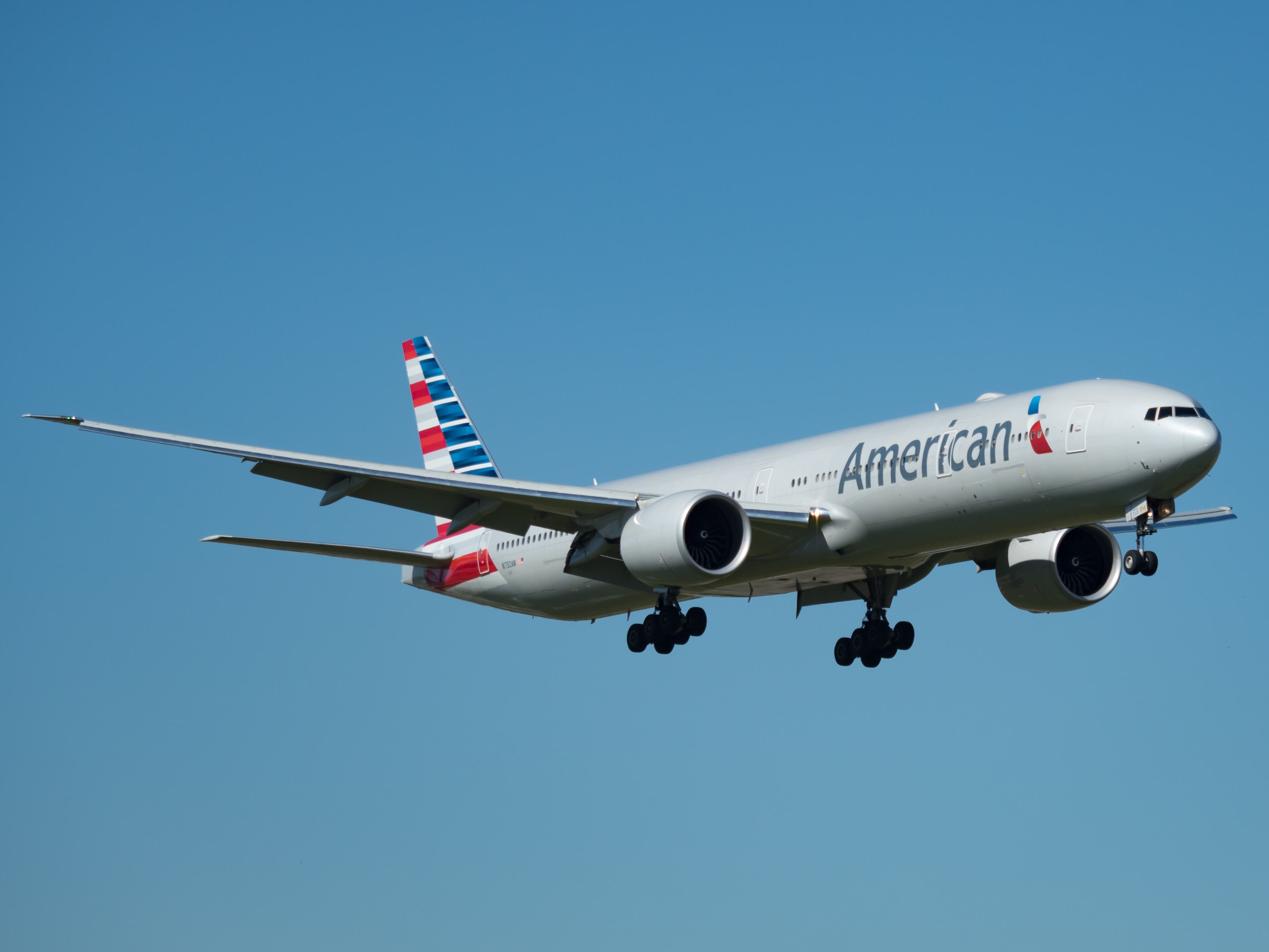
American Airlines frequently faces cancellations due to its extensive network and hub locations in weather-prone areas like Dallas and Chicago. Seasonal storms and sudden weather changes are common culprits. Additionally, workforce management issues, including pilot and crew shortages, have exacerbated the problem. Despite efforts to improve scheduling and staffing, these challenges persist. Travelers flying with American Airlines should keep an eye on weather forecasts and consider flexible travel plans to mitigate potential disruptions.
2. Southwest Airlines – Operational Challenges

Southwest Airlines, known for its low-cost fares and no-frills service, has experienced a significant number of cancellations due to operational challenges. The airline's point-to-point service model, while efficient, can lead to cascading delays and cancellations if a single flight is disrupted. This ripple effect is often compounded by the airline's tight turnaround times. Passengers can reduce their risk by opting for flights earlier in the day when operations are typically smoother and delays are less likely to accumulate.
3. Delta Air Lines – Balancing Growth and Reliability
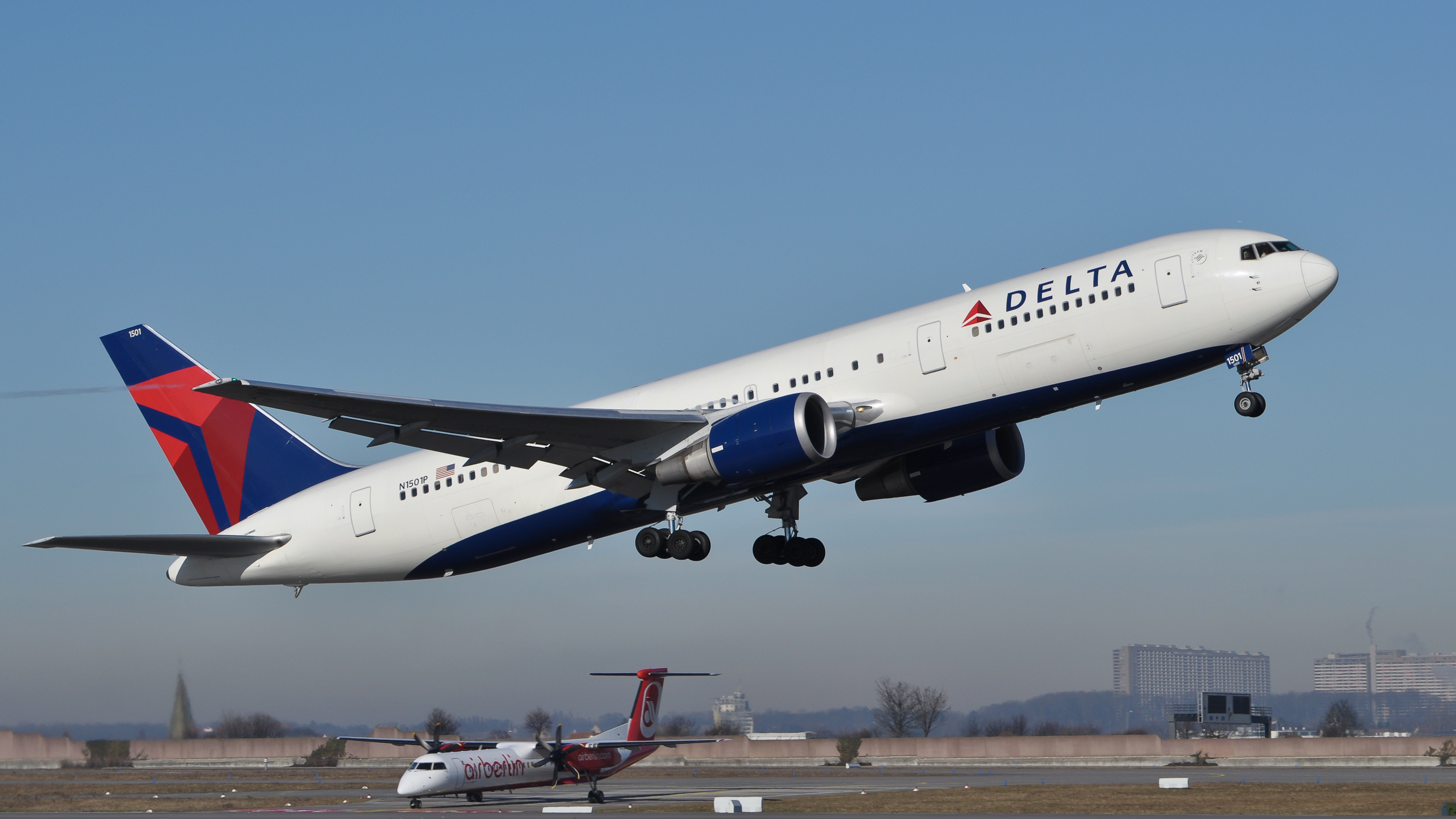
Delta Air Lines, while generally reliable, has faced cancellations as it strives to balance aggressive growth with operational reliability. The airline's expansion into new markets and routes sometimes stretches its resources thin, leading to occasional disruptions. Delta's investment in technology and customer service aims to mitigate these issues, but travelers should still remain vigilant. Booking directly with the airline and using its app can provide real-time updates and alternative options in the event of a cancellation.
4. United Airlines – Infrastructure and IT Issues
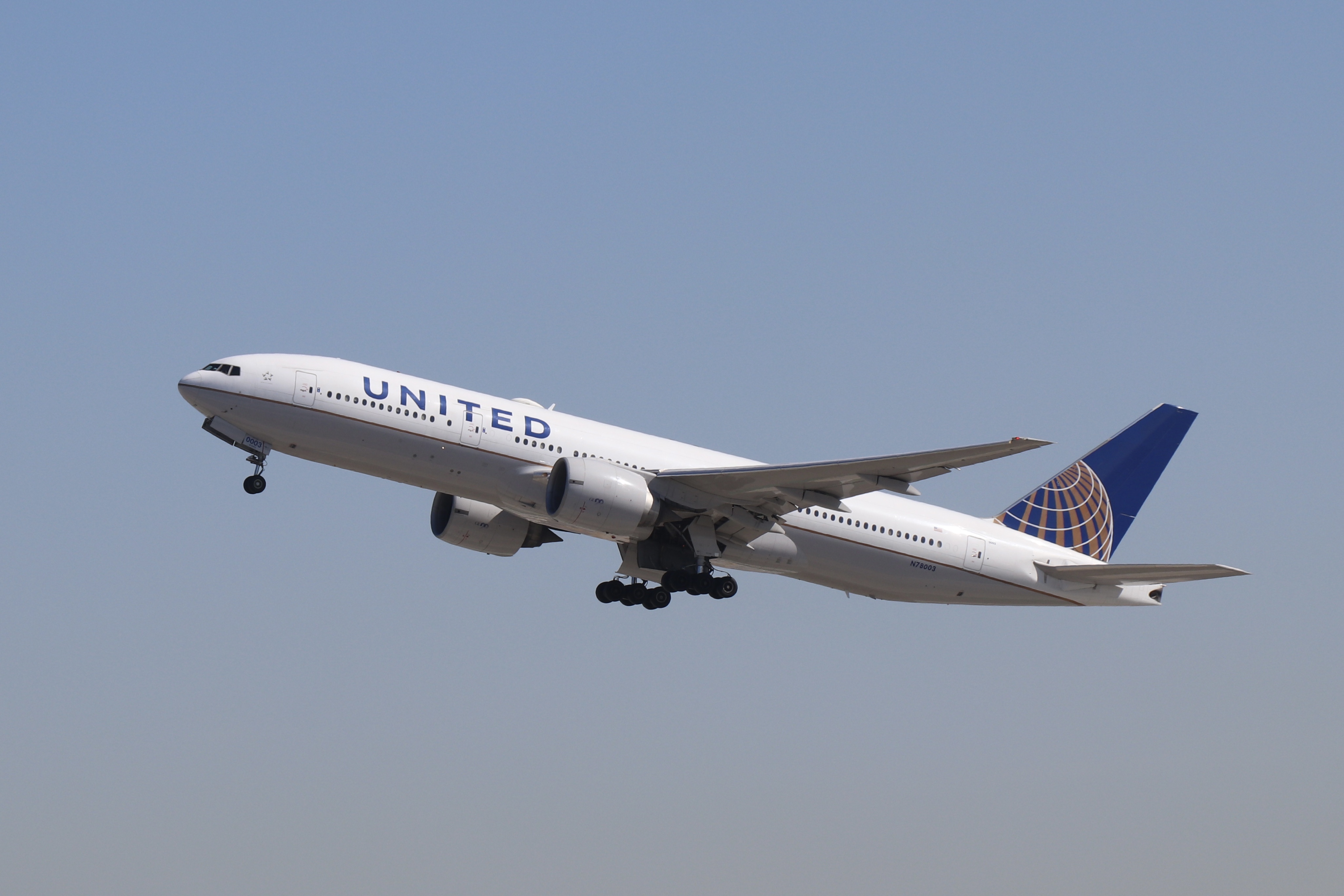
United Airlines' cancellations are often linked to infrastructure challenges and IT system failures. The airline's hubs are located in major metropolitan areas, where congestion and infrastructure limitations can lead to delays and cancellations. Additionally, United has faced several high-profile IT outages that have disrupted operations. Travelers are advised to check flight status frequently and consider travel insurance that covers cancellations due to technical issues, providing peace of mind in case of unexpected disruptions.
5. Spirit Airlines – Cost Efficiency at a Cost

Spirit Airlines, a budget carrier, is notorious for its high cancellation rates as a result of its cost-cutting measures. The airline operates with minimal spare aircraft and crew, leaving little room for error when disruptions occur. While the low fares are attractive, passengers should be aware of the trade-offs. Building extra time into travel itineraries and purchasing refundable tickets can help mitigate the impact of potential cancellations, ensuring a more flexible travel experience.
6. JetBlue Airways – Weather and Infrastructure Hurdles

JetBlue Airways, with a focus on customer service, faces cancellations primarily due to weather and infrastructure issues, particularly in its New York City hub. The airline's operations are heavily impacted by the region's notorious weather patterns and congested airspace. Despite its best efforts to maintain reliability, these factors remain challenging. Travelers can benefit from monitoring weather conditions and opting for flights from alternative airports when possible to avoid the brunt of disruptions.
7. Frontier Airlines – Lean Operations and High Risks
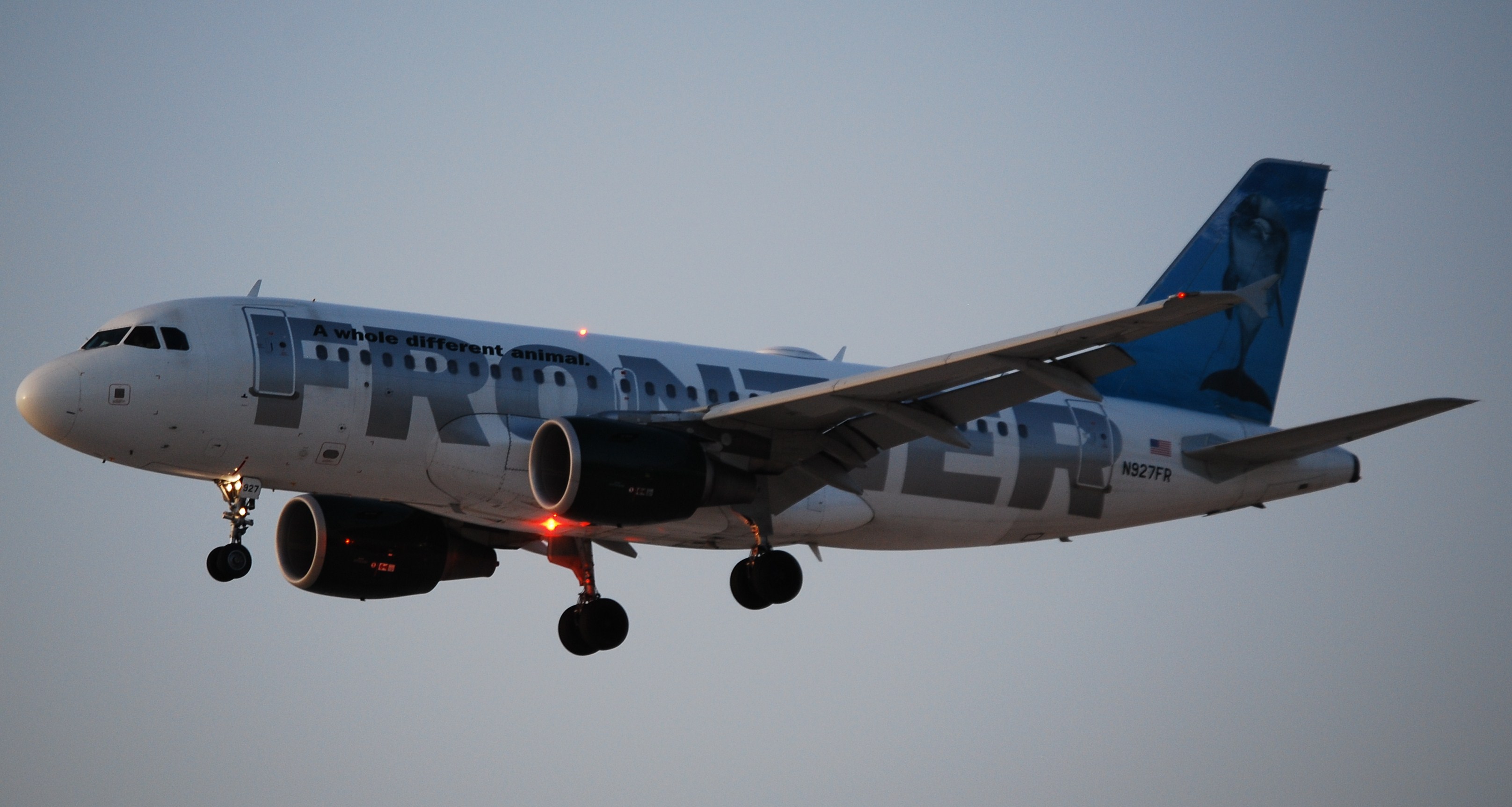
Frontier Airlines, another low-cost carrier, operates with a lean business model that increases susceptibility to cancellations. The airline's limited fleet size means that mechanical issues or staff shortages can quickly lead to flight disruptions. Passengers flying with Frontier should consider booking directly through the airline to receive timely notifications and updates. Additionally, having a backup plan, such as alternative transportation options, can provide a safety net in case of cancellations.
8. Alaska Airlines – Navigating Weather Extremes
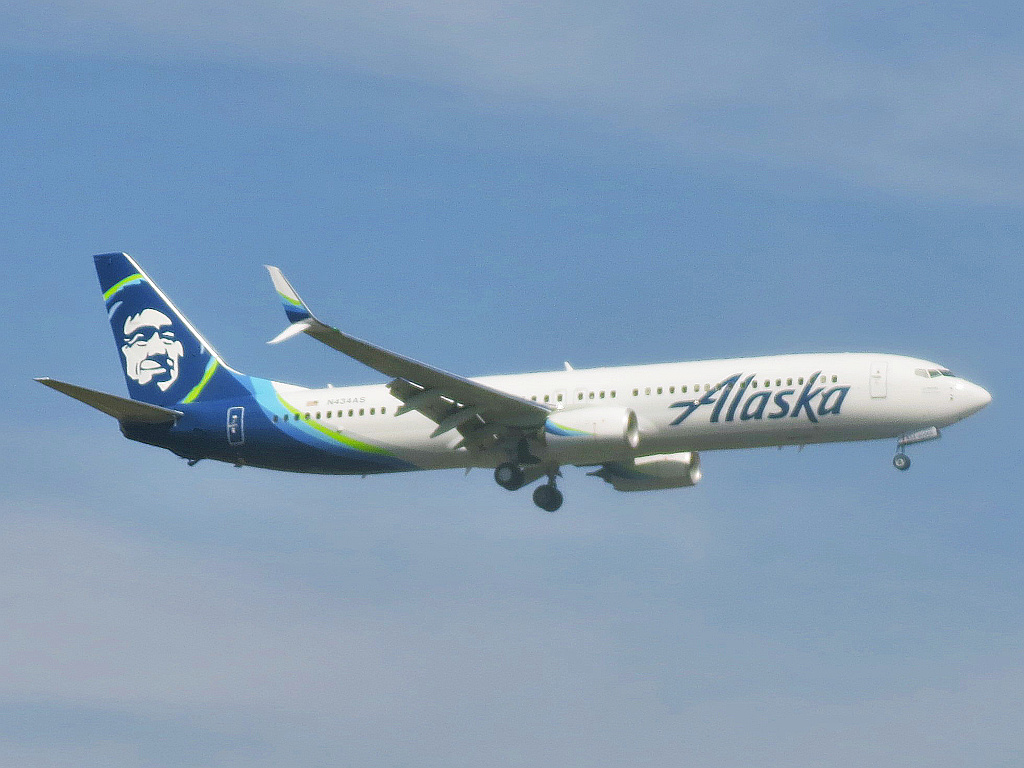
Alaska Airlines, with its extensive routes in the Pacific Northwest and Alaska, often contends with extreme weather conditions that lead to cancellations. Snowstorms, fog, and other weather phenomena can severely impact flight schedules. The airline has invested in robust de-icing and weather monitoring technologies to mitigate these effects. Travelers should remain flexible with their travel dates and consider purchasing travel insurance that covers weather-related cancellations to safeguard their plans.
9. Allegiant Air – Limited Flexibility and High Cancellations
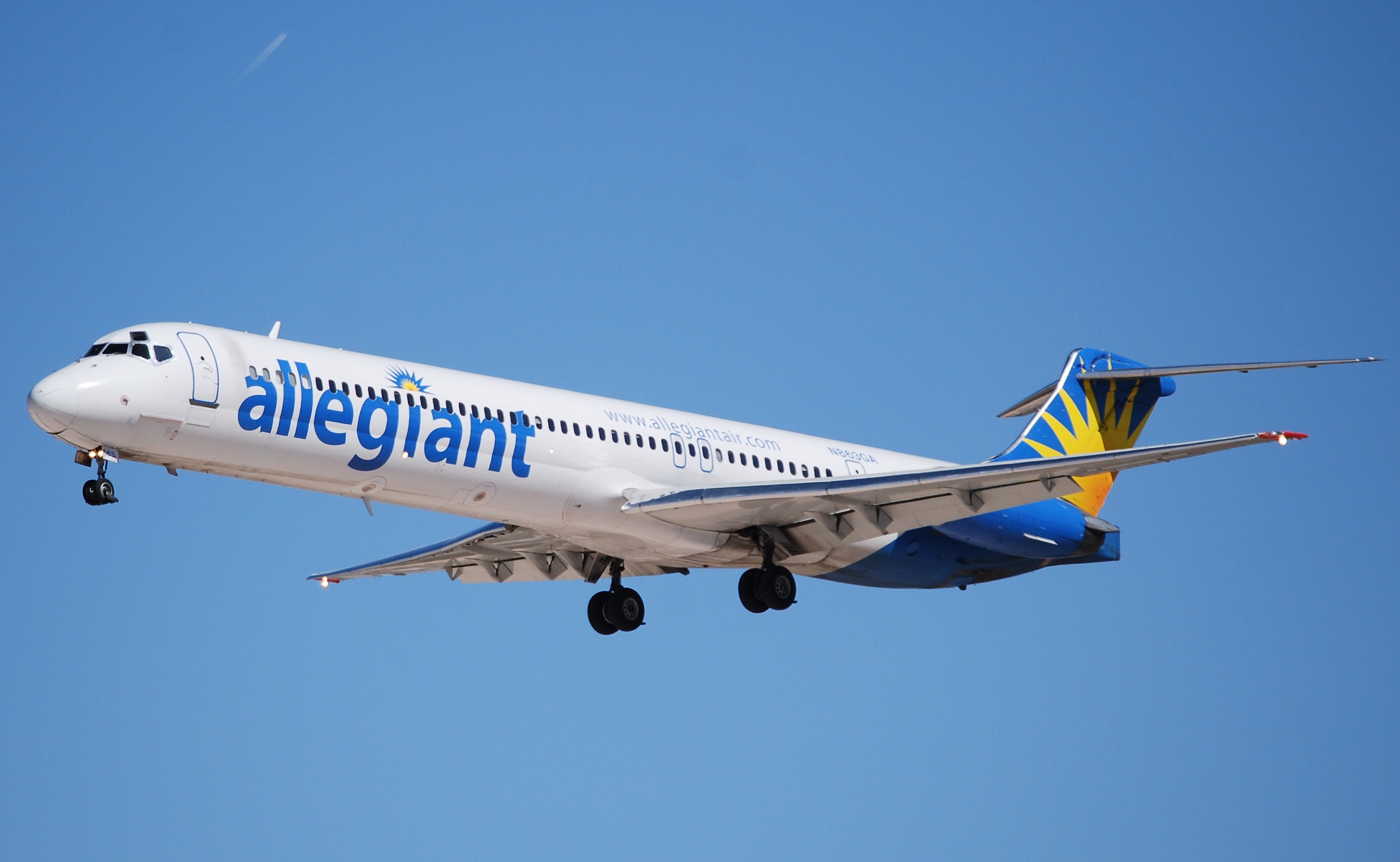
Allegiant Air, known for its low-cost, leisure-focused flights, experiences high cancellation rates due to its limited flight schedule and fleet size. The airline's strategy of operating fewer flights with less frequent service leaves little room for recovery when disruptions occur. Passengers are encouraged to book flights with ample time before important events and to explore refundable options or travel insurance to ensure their travel plans are protected against unexpected cancellations.
10. Air Canada – Delay-Prone Cross-Border Hubs
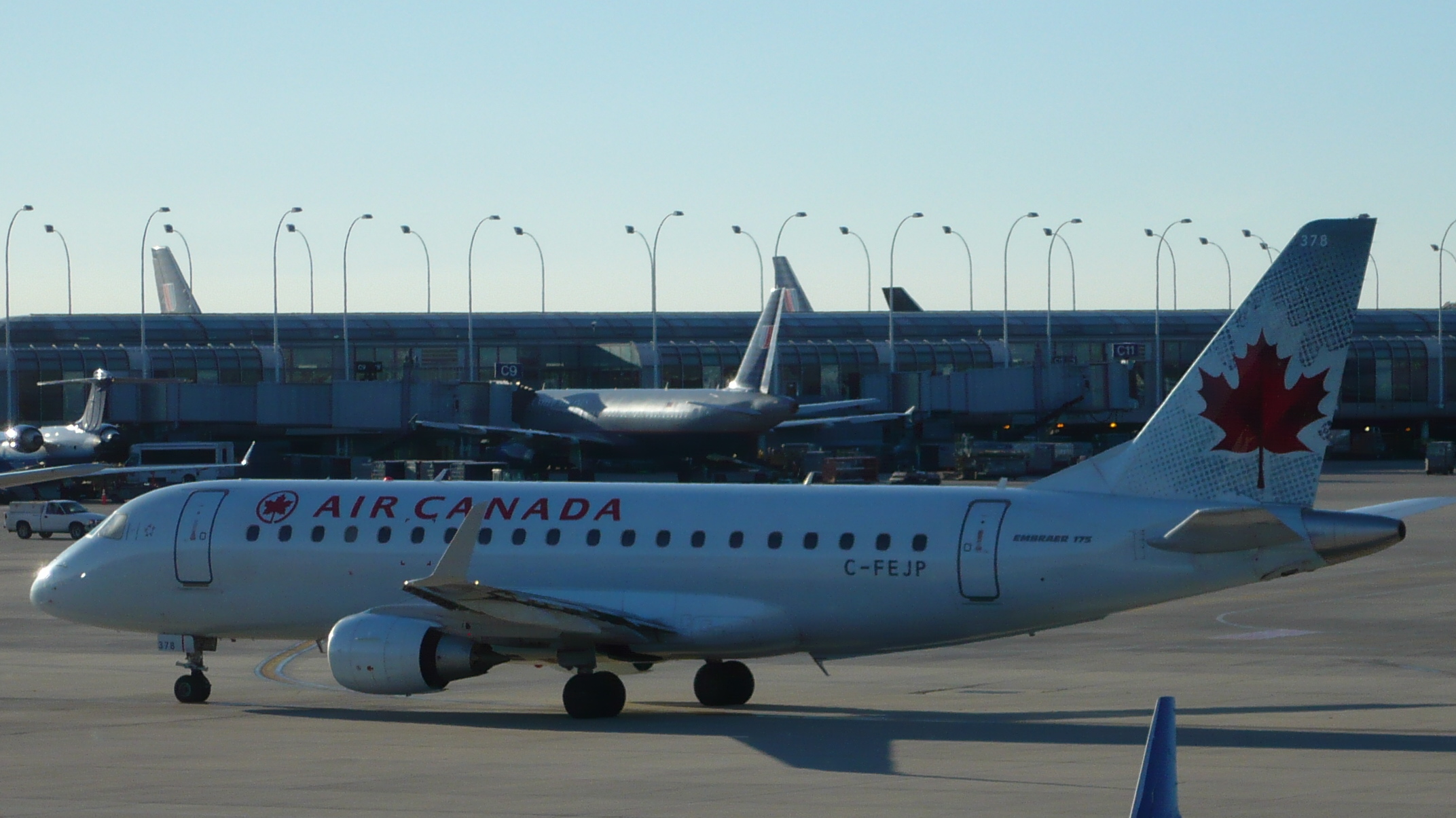
Air Canada’s reputation for cancellations stems largely from its congested hub cities—Toronto and Montreal—where weather delays and customs bottlenecks often derail schedules. Add in cross-border complexities and outdated airport infrastructure, and the odds of a smooth trip start to drop. During peak travel periods, flight disruptions are especially common. If flying Air Canada, opt for nonstop routes when possible and consider early morning departures to minimize exposure to the day's cumulative delays. Enrolling in the airline’s alerts system and having backup transportation plans can also help reduce travel-day stress.
11. British Airways – Legacy Systems Meet Modern Headaches
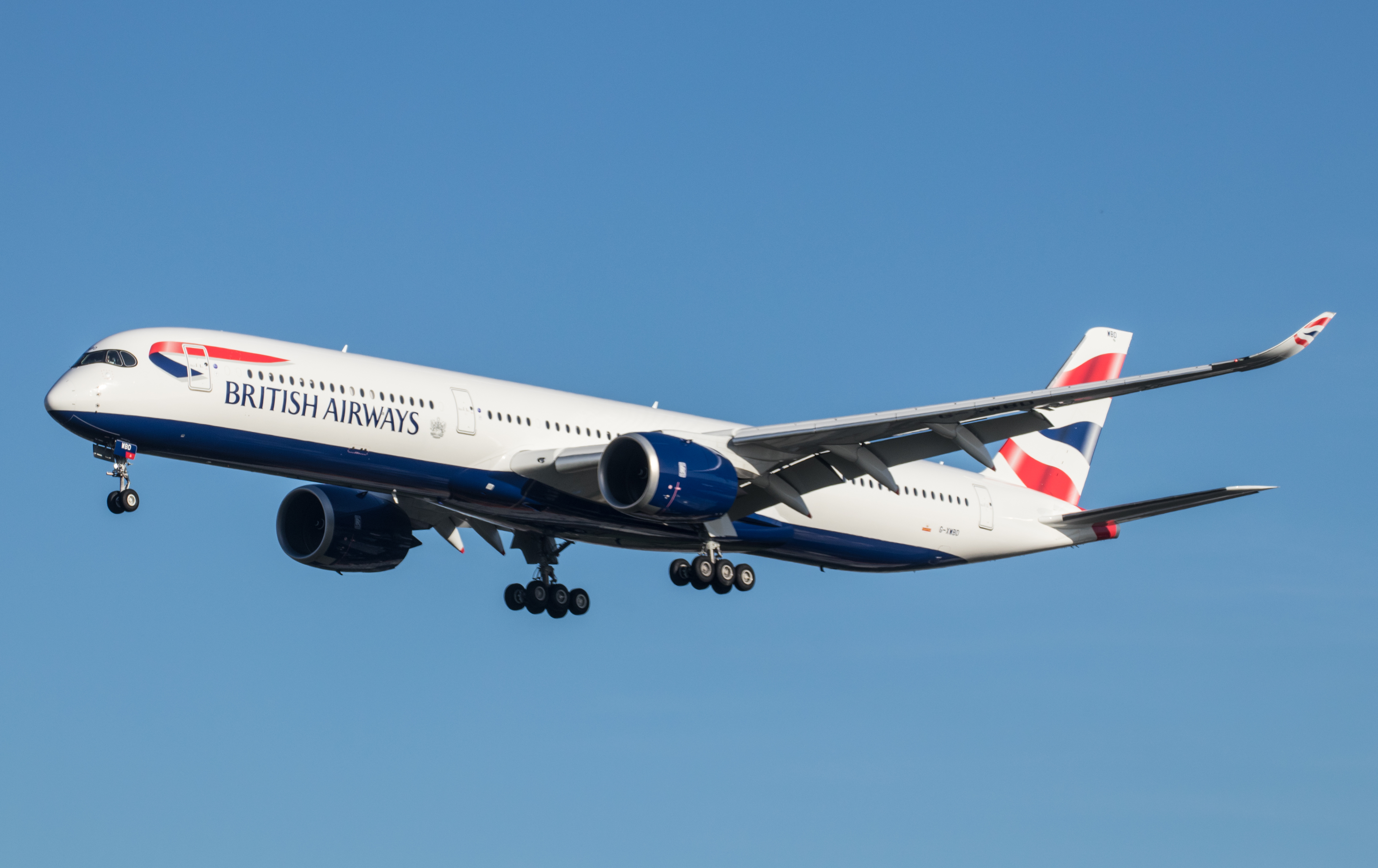
British Airways combines prestige with growing pains. While it’s a flagship carrier, BA struggles with legacy IT systems that have led to multiple system-wide meltdowns and canceled flights over the years. When paired with staff strikes and unpredictable Heathrow congestion, reliability takes a hit. International travelers relying on tight layovers should beware. Booking through travel platforms that offer rebooking support—and avoiding back-to-back connections—can help protect your plans when flying with BA, especially during high-season travel in Europe.
12. WestJet – Regional Exposure and Staff Gaps
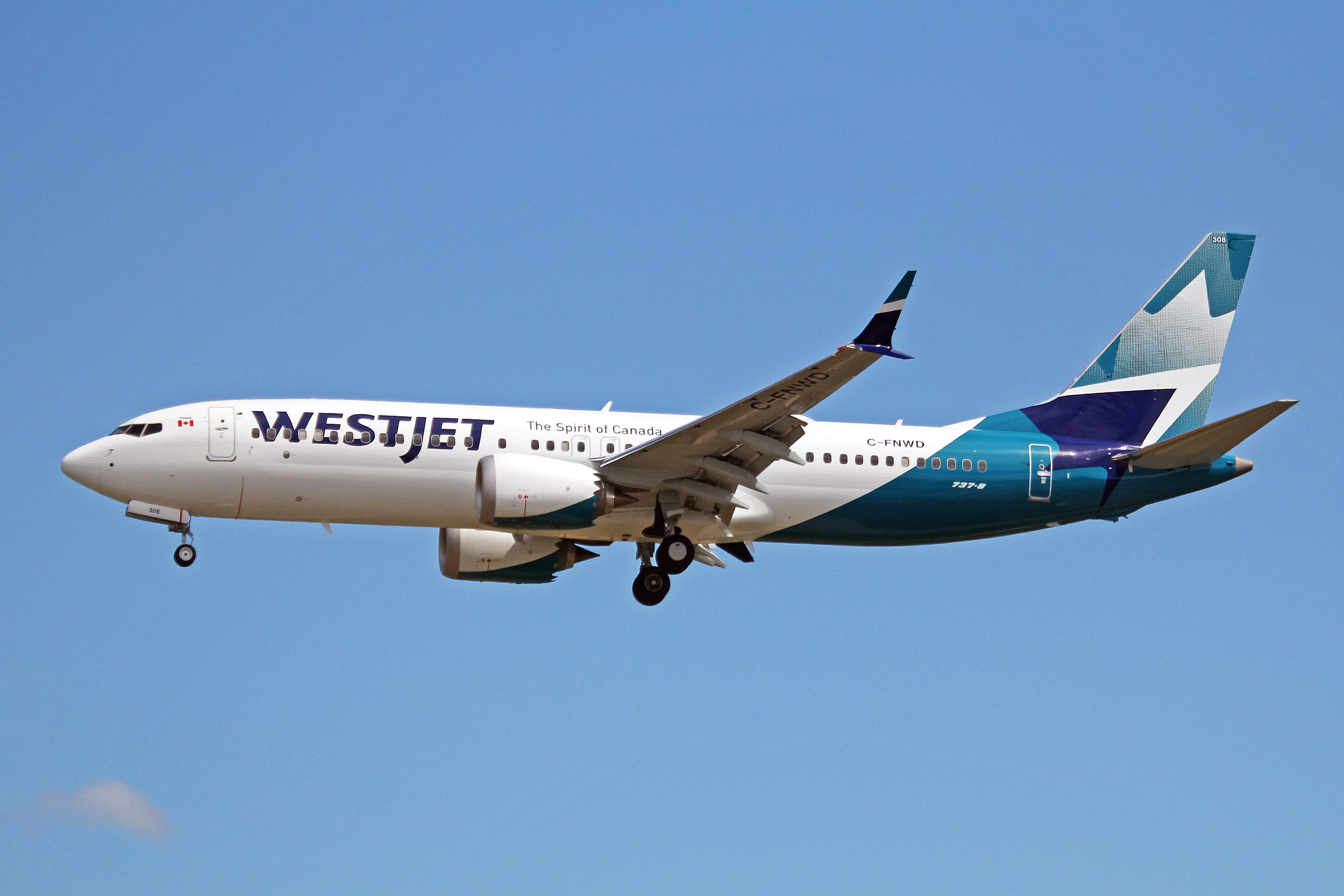
WestJet’s affordable fares make it appealing, but its operational reliability has taken a hit due to pilot shortages and overextended route expansions, especially in Western Canada. Regional routes are more vulnerable to weather, and staffing gaps can quickly escalate into mass cancellations. The airline is working to stabilize its network, but travelers should keep itineraries flexible and monitor strike news or service alerts. If you're flying to or from smaller airports, double-check alternative options and avoid booking critical connections too close together.
13. Lufthansa – Strikes and System Shocks

Despite its reputation for precision, Lufthansa has become increasingly prone to cancellations thanks to widespread labor disputes and airport-related disruptions across Germany. Strikes affecting pilots, ground crew, and even air traffic controllers have led to thousands of scrapped flights over the past few years. When flying Lufthansa, especially out of Frankfurt or Munich, consider padding your schedule with extra time and exploring flexible ticket options. Also, keep an eye on European labor union announcements before you travel—they can forecast cancellations before the airline even updates your itinerary.
14. Aeroméxico – Weather and Tight Turnarounds
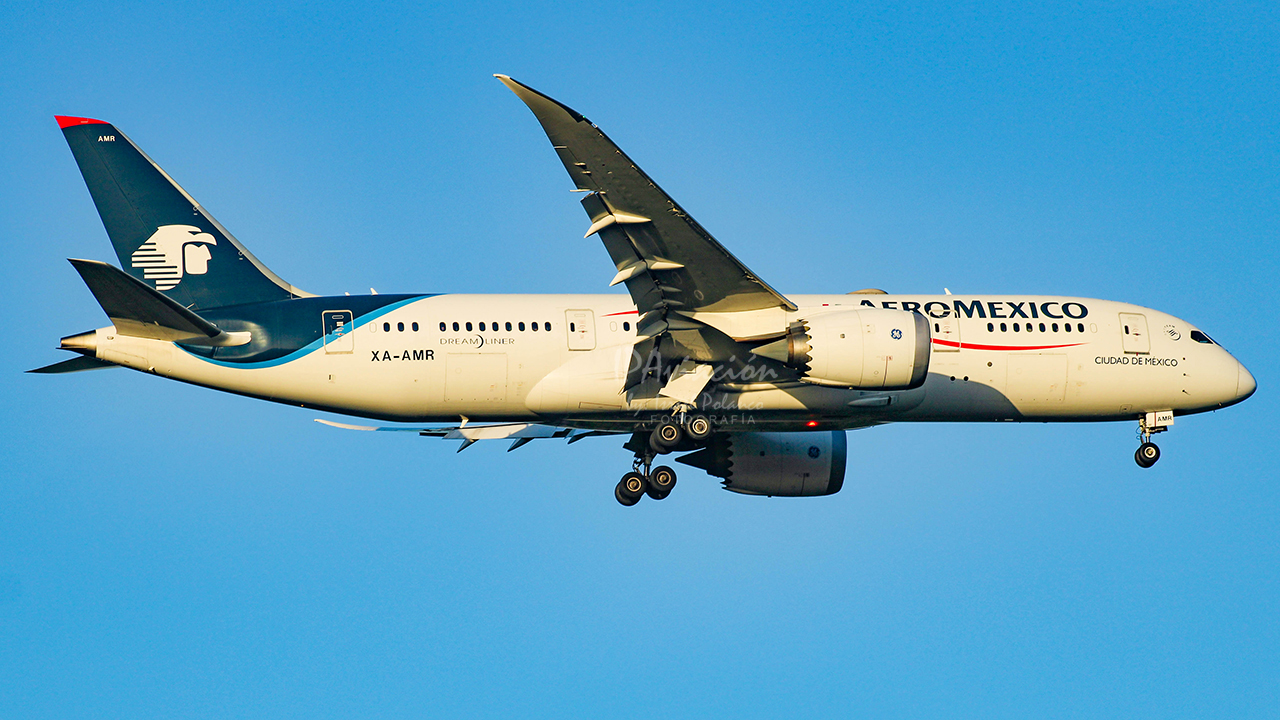
Aeroméxico frequently experiences cancellations due to weather impacts in major hubs like Mexico City, which sits at a high elevation and often sees sudden storms and low visibility. Add in tight turnarounds and limited backup aircraft, and even minor disruptions can lead to cancellations. The airline is otherwise known for solid service, but logistical setbacks persist. To avoid headaches, travelers should opt for nonstop flights when possible and steer clear of connecting through MEX during peak afternoon hours, when thunderstorms and air traffic congestion are most common.
Cleared for Takeoff—Now Fly Smarter
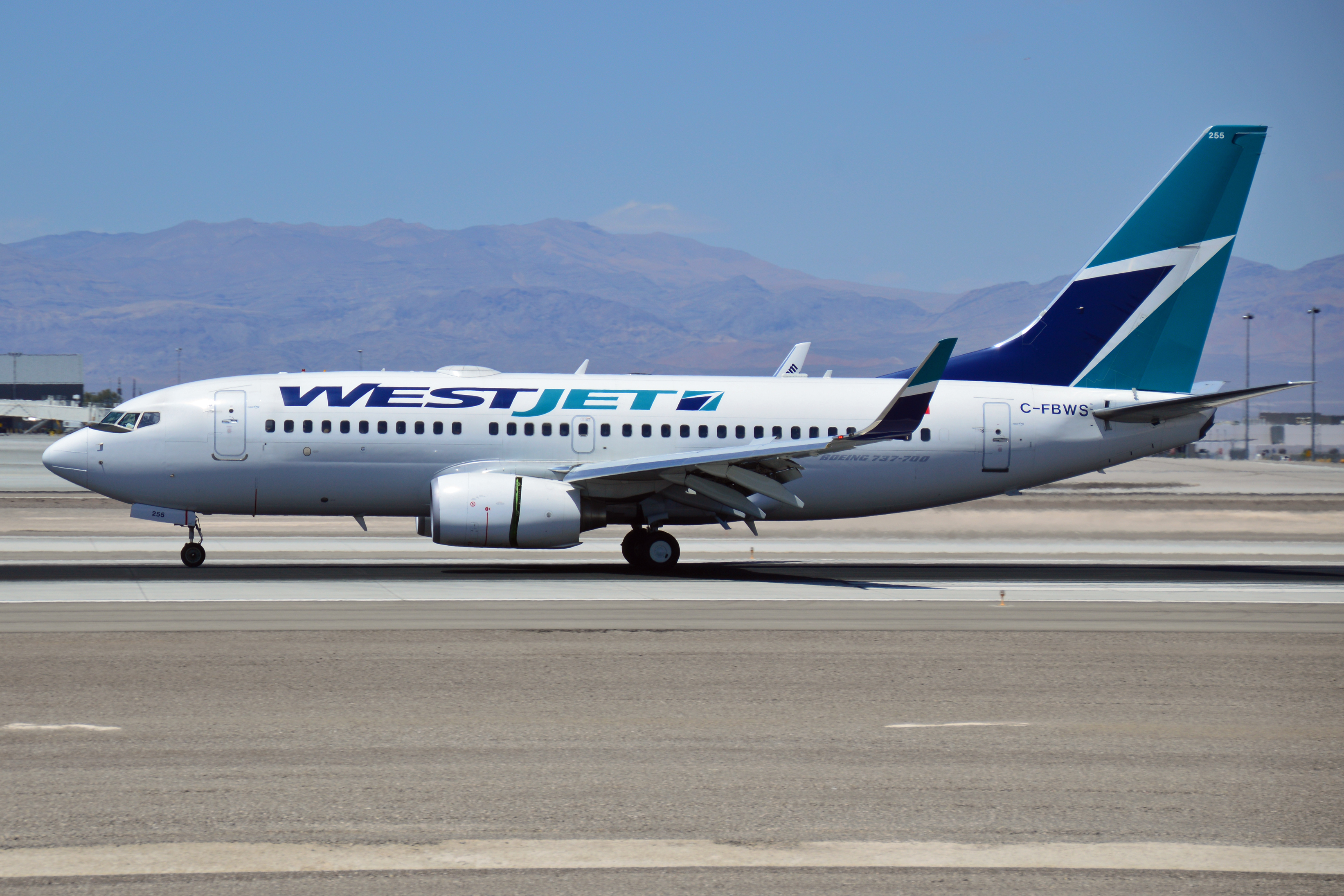
Flight cancellations are more than just a hassle—they can derail vacations, meetings, and peace of mind. But now you’re not flying blind. Knowing which airlines are more likely to leave you stranded arms you with the insight to plan better, book smarter, and stay one step ahead of disruption. Whether it’s steering clear of storm-prone hubs, choosing early departures, or padding your itinerary with buffer time, every decision counts. Travel isn’t just about the destination—it’s about preserving your sanity on the way there. So before you hit “confirm” on your next ticket, consider more than just price or perks. Consider reliability. With the right preparation, even the most delay-prone airlines can’t ground your plans. Remember: the skies may be unpredictable, but your travel strategy doesn’t have to be. Fly informed. Fly resilient. And above all—keep moving forward, no matter what turbulence hits.





